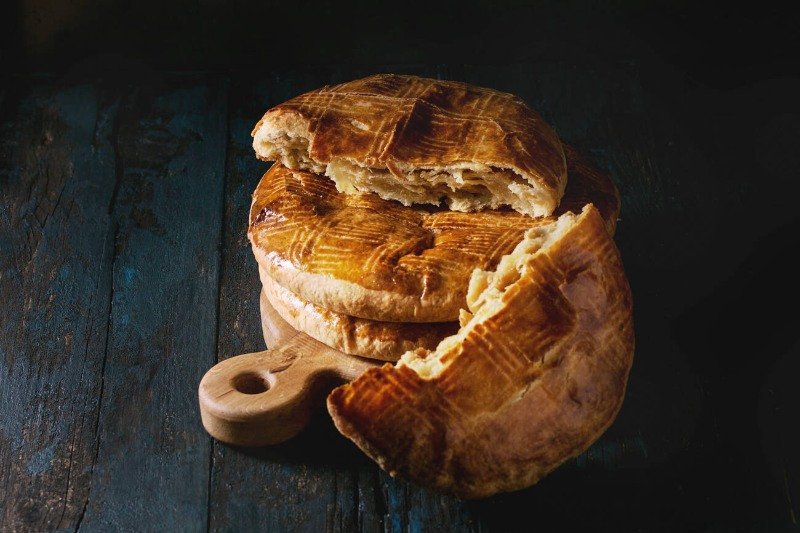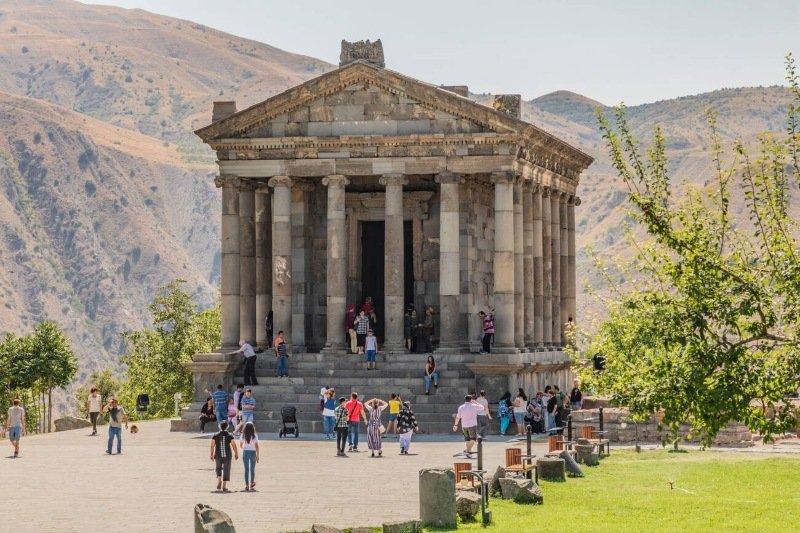Gata, often described as the sweet heart of Armenian pastry, stands as a beloved traditional dessert. Its soft dough, buttery filling, and cultural roots appeal to locals and visitors alike. This article explores Gata Armenian pastry in depth: its history, regional varieties, recipe elements, and tips to enjoy and bake it yourself.
Follow Armenic Tours article and get to know more about this specific dessert.
What Is Gata
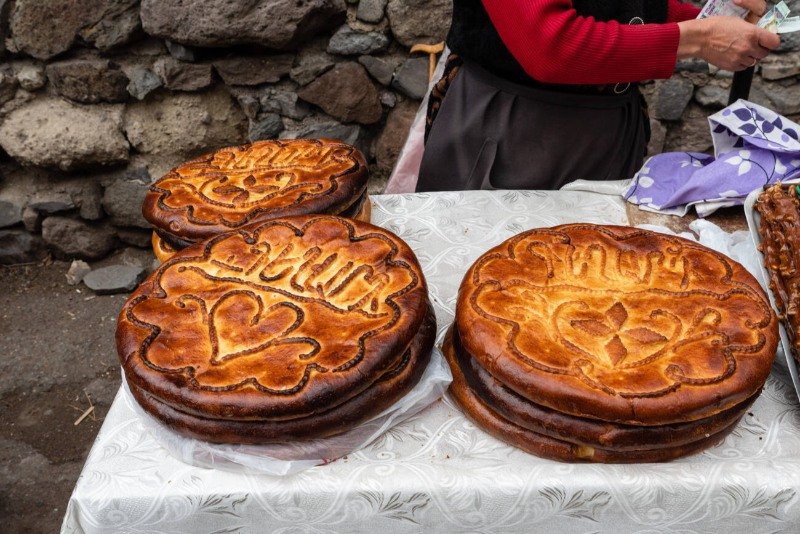
Gata is a type of sweet bread or cake. Bakers prepare it using basic ingredients: flour, sugar, eggs, butter, and often sour cream or yogurt. The signature feature lies in its filling, made from sugar, butter, and flour, sometimes enhanced with nuts or vanilla. The result: a tender crust and a rich, sweet center.
This pastry appears in Armenian celebrations, religious holidays, and family gatherings. It symbolizes hospitality and tradition in many Armenian homes.
History and Cultural Significance
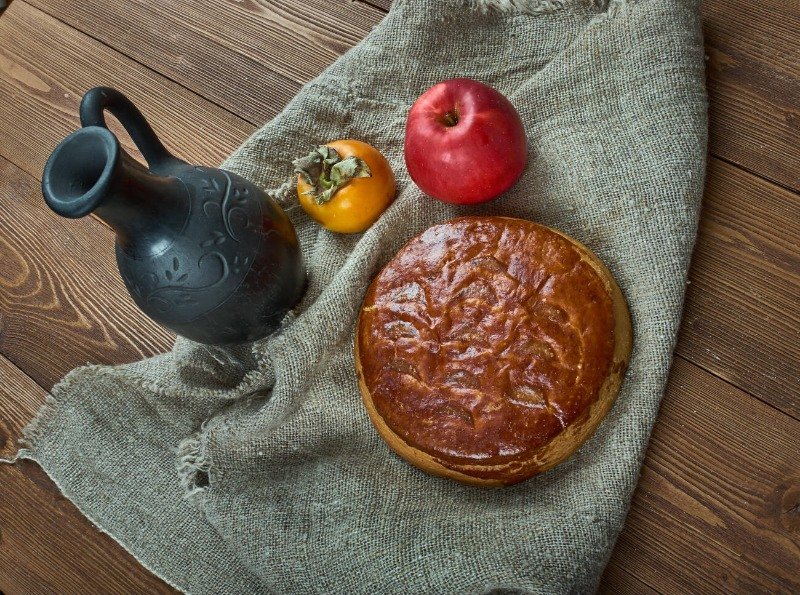
Gata has a long history in Armenian cuisine. Many sources point to its origins in medieval Armenia, where rural bakers used basic ingredients available locally. Bakers would share gata during festivals and weddings.
Every Armenian region claims its own gata style. Some areas bake round, flat versions; others make loaf-style gata or small personal portions. In all cases, gata remains part of social customs: guests receive a slice during visits. The pastry also appears in church feasts and holiday meals, linking food and faith.
Regional Varieties of Gata
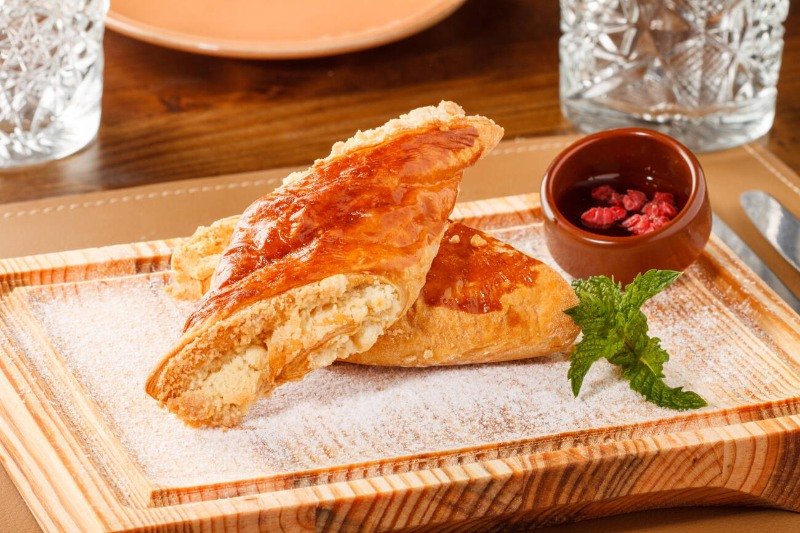
Akhtamar Gata
From the region near Lake Van (historical Western Armenia), this variant is thicker and more pillowy. Bakers often add walnuts or almonds inside the filling.
Mush Gata
From the Mush (Muş) area, this version often appears in rectangle or oval shapes. The dough is slightly firmer, and the filling sometimes includes ground nuts.
Taraz Gata
Popular in eastern Armenian regions, this gata features layered dough with buttery sweet filling between layers. Its texture is crispier on the edges.
Modern & Fusion Variants
Today, bakers experiment with chocolate, cinnamon, or dried fruit inside gata. Still, traditional recipes remain the most valued among purists.
Ingredients Breakdown
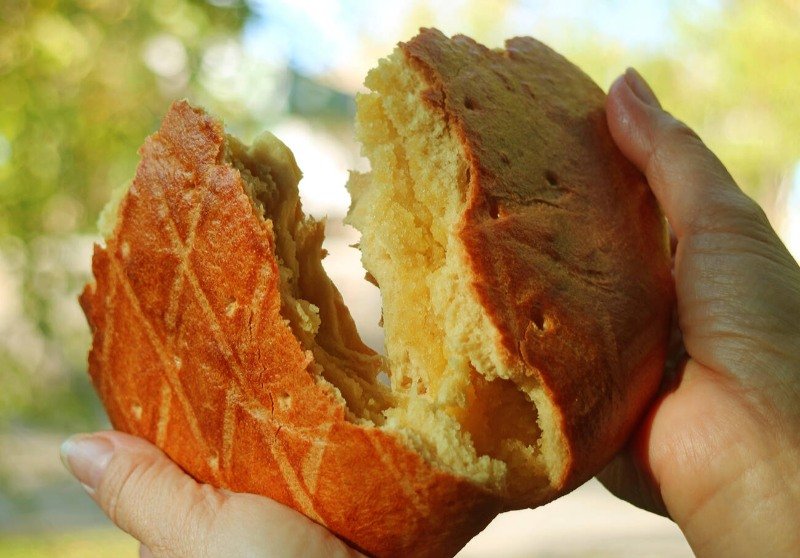
Each component matters. Here’s how:
- Flour: Use all-purpose or bread flour. It provides structure.
- Fat (butter or margarine): Butter brings flavor and tenderness.
- Sugar: For both dough and filling, sugar sweetens.
- Eggs: They bind ingredients and support rise.
- Sour cream / yogurt / milk: These add moisture and richness to the dough.
- Filling mixture (also called khoriz): Usually butter, flour, sugar, stirred until crumbly. Some bakers mix nuts into the filling.
- Flavorings: Vanilla or cardamom appear sometimes. A pinch of salt balances sweetness.
Steps to Bake Gata at Home
Follow these steps for a reliable result:
- Prepare the dough
Combine flour, eggs, sour cream or yogurt, sugar, salt, and softened butter. Knead until smooth. Let it rest for 30 minutes. - Make the filling (khoriz)
Mix softened butter, sugar, and flour until crumbly. Add chopped nuts if desired. - Shape the Gata
Roll dough flat (about 5 mm thick). Spread filling evenly. Roll or fold dough over filling. Seal edges. Some bakers cut decorative patterns on top. - Proof (optional)
Some recipes call for a short rest to let the dough relax for better texture. - Bake
Preheat oven to 175 °C (347 °F). Bake gata for 25–35 minutes until golden. Watch carefully near the end so it doesn’t burn. - Cool and serve
Let it cool slightly before slicing. Serve with tea or coffee.
Tips for Perfect Gata
- Use cold butter when making the filling. It helps achieve a crumbly texture.
- Don’t overload filling, too much makes the pastry soggy.
- Chill the shaped dough briefly before baking if it softens too much.
- Rotate the tray mid-bake for even browning.
- Store gata in an airtight container at room temperature for up to three days.
Nutrition and Serving Suggestions
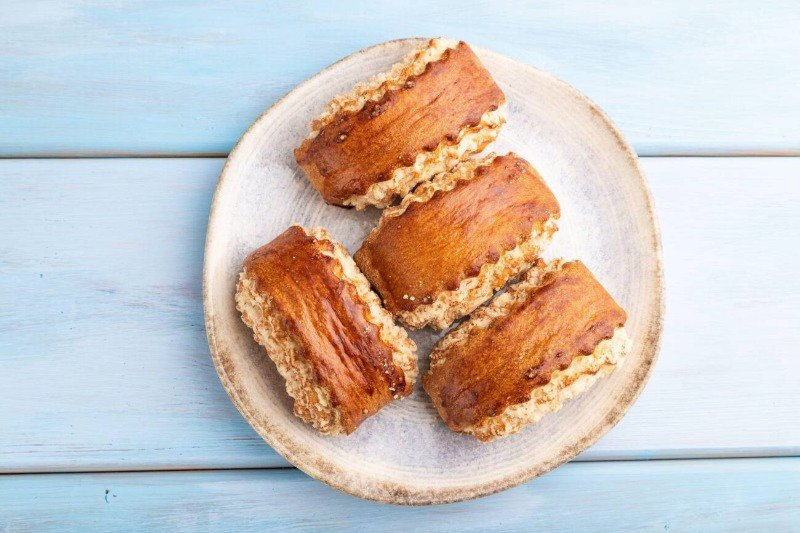
Gata is indulgent. It delivers carbohydrates, fats, and moderate protein. Adding nuts raises healthy fats and protein slightly. To balance the richness, serve in small portions. Pairing it with strong black tea or unsweetened coffee helps cut the sweetness.
You can also try toasted slices with mild cheese or fresh fruit. Some people warm a slice briefly in a pan (dry, low heat) to revive crispness.
Gata in Armenian Diaspora and Modern Baking
As Armenians migrated, they brought gata with them. Armenian bakeries in Los Angeles, Paris, and elsewhere often include gata on their menus. Many bakers adjust for local ingredients, using butter substitutes or nut types available locally. Nonetheless, they maintain traditional ratios to preserve flavor and texture.
Online food bloggers now teach gata recipes via videos and step-by-step guides. Home bakers experiment, but often return to the classic version.
Conclusion
Gata Armenian pastry remains a symbol of Armenian tradition and hospitality. Its simple ingredients, rich filling, and regional styles make it unique. You can bake it at home with a few tips and enjoy its warmth with tea. Whether in Armenia or abroad, gata connects generations through taste and ritual. Try baking or buying a slice, and taste the sweet heart of Armenian pastry.
FAQ
What makes gata different from other sweet breads
Gata features a filling called khoriz, made from butter, flour, and sugar. That interior component separates it from plain sweet bread.
Can I store gata for later
Yes. Keep gata in an airtight container at room temperature for up to three days. Reheat slices briefly to restore texture.
Can I use nuts in gata’s filling
Absolutely. Many regional types include ground walnuts or almonds within the khoriz for extra flavor and texture.


